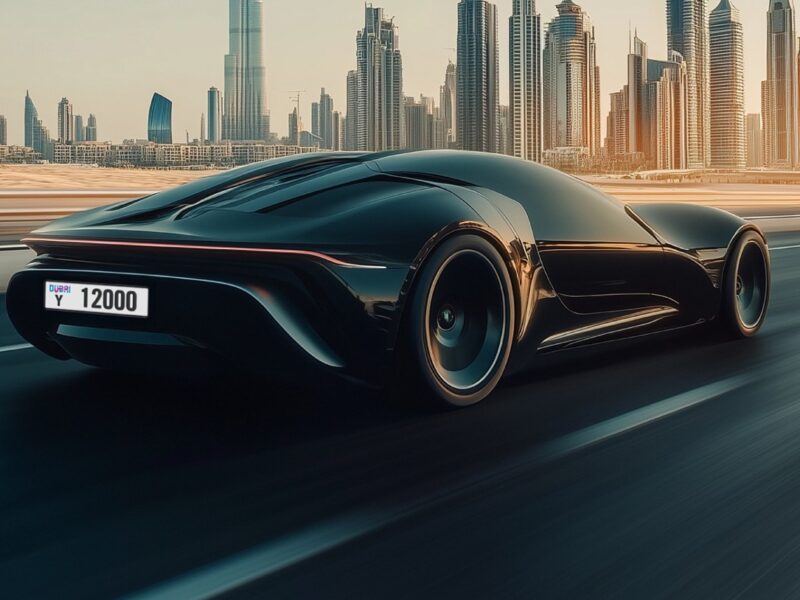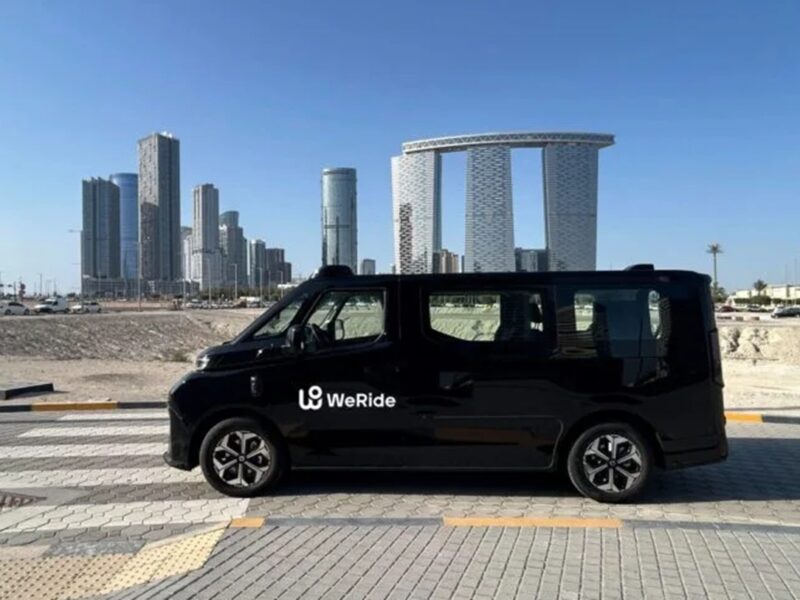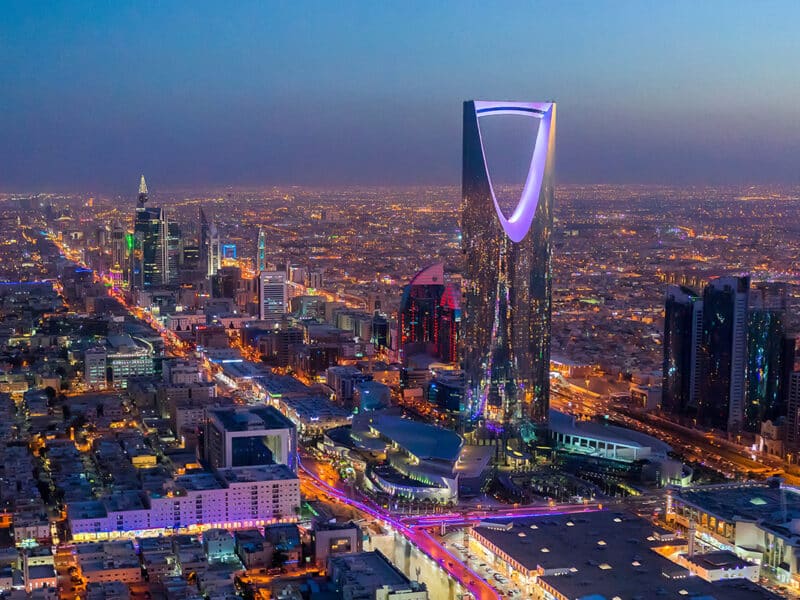JAFZA began operations in 1985, and in its first 22 years of operation has proved itself an effective magnet for inward investment in Dubai. The combination of regional titans DP World and JAFZA nestling alongside each other at Jebel Ali has brought success to both parties, with DP World surging into the top eight container terminals worldwide, and JAFZA posting growth that puts its regional, and global, competitors firmly in the shade.
From the 19 original companies that took tenancy in 1985 the free zone had grown to accommodate 6000 by year-end 2007. With 125 of the Global Fortune 500 companies already on site, the breadth of industries represented and geographical pull that JAFZA has is undeniable.
By establishing in these regions we can have a very positive effect on driving forward economic development
Among those shaping the destiny for JAFZA is Jamal Majid bin Thania, Group CEO of Port and Freezone World, and executive vice-chairman of DP World. With the regional flagship zones nestled alongside DP World’s terminal at Jebel Ali in Dubai flourishing, bin Thania explains that the next step for JAFZA is replicating that success in the world’s emerging markets.
“With JAFZA we have built up a very strong business platform, and we realise we can export this business process knowledge elsewhere on the globe,” he says. We started with our initiatives in Malaysia, Morocco and Djibouti in order to develop international freezones and have been very successful in these areas.
In Djibouti JAFZA is opening up a gateway to East Africa. The Ethiopian free zone is one of the single most important strategic port and logistics operations in Eastern and Southern Africa. Located on the horn of the continent, the Djibouti free zone is responsible for handling the majority of trade with Europe, Asia and the rest of Africa.
“The Djibouti operation is an established economic zone which is adding value to a huge population of 80 million on Africa’s Eastern seaboard. The Freezone there is full, with very high demand for freight and cargo destined for the African and European markets. This is complimented by the development of the port infrastructure. We are building a 2 million TEU capacity hub that will enable further growth of the freezone,” says bin Thania.
A further development in conjunction with DP World in Senegal will enable western African countries to realise the full potential of efficiently connected light and heavy industrial zones with planned logistical support and represents a direct investment of over $130 million.
“It’s also the case, and an important one, that by establishing in these regions we can have a very real and positive effect on driving forward economic development,” observes bin Thania.
JAFZA has a heritage of creating business and logistics parks through joint ventures all around the globe, but this year will be focussing on a new model following the success of the Djibouti experience.
“In 2008 we’ll be looking at opportunities in Russia, Eastern Europe, and Asia. This is in line with our strategy to draw a distinction between mature markets and developing or emerging markets, which is where we see the biggest opportunities,” he says.
It is important to remember that Jebel Ali serves a region of over one billion people”
Closer to home, the continued success of the Jebel Ali facility remains a priority for the group. “It is important to remember that Jebel Ali serves a region of over 1 billion people. It’s not just serving the GCC and Gulf region, but it serves a catchment area that includes India, Pakistan, Eastern Africa and the Middle East.
When companies enter these markets, most will not establish warehousing and distribution centres in every city, rather they will choose a major hub, which offers the logistical connectivity of a seaport, an airport, and supporting infrastructure. “From JAFZA we can meet these needs and tenants can target up to a billion consumers,” he adds.
Japanese manufacturers such as Sony and Aiwa, and LG from Korea had traditionally served this entire region from either their home nations, or a distribution centre in south East Asia such as Singapore or Malaysia. Part of the lure of JAFZA has been that this model left such producers quite isolated from customers in Iran, Russia and the CIS, the subcontinent and of course, the Middle East.
“Ready access to an excellent port, a good airport, and good land bridges such as cross-country highways means this is a logical choice for distribution centres. Sea-Air cargo is a very important element to the distribution centres in Jebel Ali.” Dubai has all of these elements, and the infrastructure and city supports further development, which is critical in the growth phase explains bin Thania.
With Chinese and Korean firms grabbing much of the attention for their rapidly increasing presence in the Freezone the notion that this business may slow in the coming years is not one that concerns Bin Thania.
“I certainly don’t think we’ve seen the peak of trade and establishment of Asian clients with DP World or in JAFZA, “he says.
For over a decade there has been a shift of manufacturing from Europe and the US to China, some on a material basis and some on a general cost basis. It’s now an established fact that a China has acquired a highly significant portion of the global manufacturing industry. This has grown in tandem with China’s domestic manufacturing base, which has also developed rapidly. However, from a corporate perspective bin Thania asserts Dubai is a worthy and viable alternative for western investment.
“When we were looking at the advantages of Jebel Ali, we saw that many European and American companies that had left their own market to be in emerging and growing markets where they can realise cost efficiency. In Jebel Ali Freezone we have something purpose built to meet these demands and can match it with cost efficiency.”
In 2008 JAFZA will be looking at freezone opportunities in Russia, Eastern Europe, and Asia
One of the principal advantages of JAFZA is that it sits in a location where it is easy to attract highly skilled, but relatively low-cost labour from a huge catchment area. This covers the entire subcontinent region combined with ready access to Asian economies where there are huge populations.
“Bringing this low cost labour to operations in JAFZA is a very common thing to do. Global companies are choosing the Freezone as a viable alternative, and often a preferable one, to moving their entire manufacturing base to China.
Absolutely key to JAFZA’s success, he asserts, is the dynamic way DP World has grown to ensure efficient trade links with the rest of the world. In November last year the company went public, selling 23% of shares on the DIFX to private and institutional investors from around the world.
“Our IPO was a successful story. I wasn’t really very surprised to see such interest and demand for DP World due to the fact that the company sits on valuable assets and the future capacity building will be quite phenomenal,” beams bin Thania.
DP World currently has a handling capacity of 45-50 million TEU and within ten years aims to grow that to around 90 million, doubling the amount of business the company is capable of.
“This will generate great value to the new shareholders who hold 23% of the company. I’m very optimistic about the future of DP World,” he adds. One notable success of the IPO was the amount of foreign investment from financial institutional investors, shareholders who bin Thania believes will be real assets to the group.
“We’ve realised the benefit of bringing financial institutions on-board. These differ from the retail market in relation to long and short-term goals. Retail investors tend to have shorter-term goals before realising the value of the shares, whereas institutions have a longer-term view, perhaps with a deeper interest and a bigger commitment to long-term performance of the company.
Despite the success of last year’s IPO the overall strategy of the assorted Dubai World companies will not be following suit any time soon. “An IPO is one way of raising capital, and it was the strategy that we decided was best for DP World. When it comes to other companies within Dubai World whether it be Nakheel or JAFZA, it’s not warranted and we aren’t looking at floating shares for these companies, rather these companies will continue to grow organically,” he says.
Across the entire shipping industry consolidation has been the watchword for the last few years. The number of companies being swallowed up by larger operators has not decreased and bin Thania says this process has not yet reached its conclusion.
“There are some mega-port companies in the market such as Hutchinson and PSA along with DP World, who are playing a major role in the ports and shipping industry. I believe that the consolidation we have seen over recent years has become a continuous process. Years ago it used to be the case that the biggest companies would swallow up smaller operators, but lately we have seen big companies taking over the other big players.
In recent years Maersk acquired Sealand, and P&O Nedlloyd, both significant companies. Dubai Ports famously took over P&O ports, another industry giant. “Personally I can see this trend of consolidation continuing through 2008,” he says.
Looking ahead, the main challenge for JAFZA will be just how quickly the development of JAFZA in the global market is going to take place. India in particular will hold a special test, now that the restrictions of transporting goods by rail have been relaxed, a brand new intermodal model will develop.
“That will totally change the way that India is doing business and cargo is moved. By reducing these restrictions the government there have opened opportunities to the private sector to acquire trade licenses, and we have taken one. Making the best out of this opportunity will be a significant challenge for JAFZA there,” he says.
With the target firmly set on expanding in some of the world’s fastest expanding markets, the future certainly looks positive for the ambitious team at JAFZA. The task may be daunting, with much of Eastern Europe, Asia and Africa totally lacking in the co-ordinated infrastructure which has developed so rapidly around Dubai. “I believe JAFZA has the stamina and energy for such expansion in these markets. Bringing added value to places that will really benefit from our experience will set the tone for our expansion,” he concludes.







